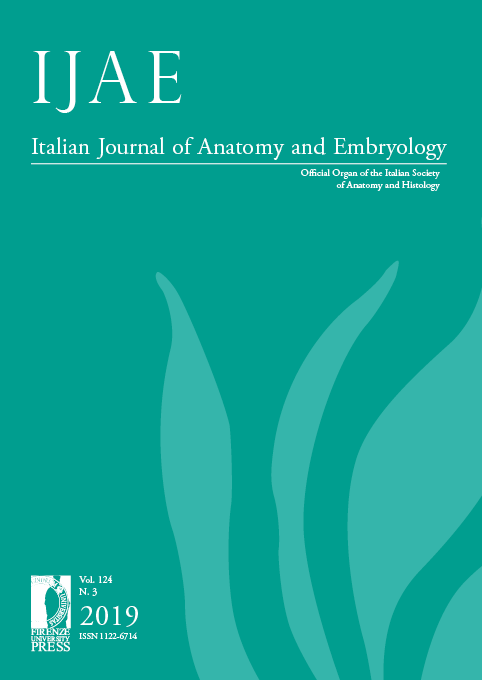Anatomy of the hippocampus and its emerging roles in modulating emotion-dependent autonomic activities
Published 2020-05-20
Keywords
- Hippocampus,
- anatomy,
- emotion processing,
- autonomic nervous system,
- descending pathways
How to Cite
Abstract
The hippocampus is popularly known to be involved in learning and memory. However, emerging evidence indicates that the hippocampus also mediates emotions in a process that involves modulating motor and autonomic outflow. The parts of the hippocampus involved in modulating autonomic activities are distinct and thus support the argument of inherent structural and functional segregation. It is suggested that the ability to modulate emotion-dependent autonomic rhythm results from descending synaptic interactions with nuclei in the hypothalamus and brainstem where the rhythm of motor and autonomic activities is generated and maintained. However, there is little knowledge of the anatomical pathways and circuit physiology that support the modulation of such autonomic activities. Also, in coordinating physiologic responses, forebrain structures operate through functional networks, but the neural pathways and mechanisms involved in such complex interactions are not clear. Thus, the current review aims at elucidating the anatomy of the hippocampus with emphasis on the intra and inter structural circuits responsible for modulating emotion-dependent autonomic activities.


